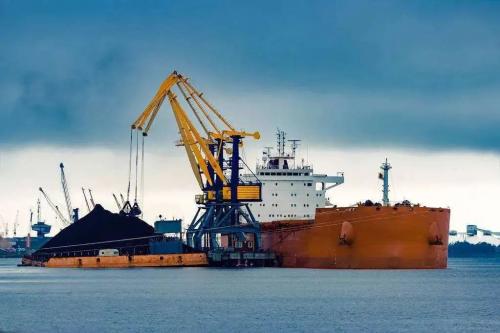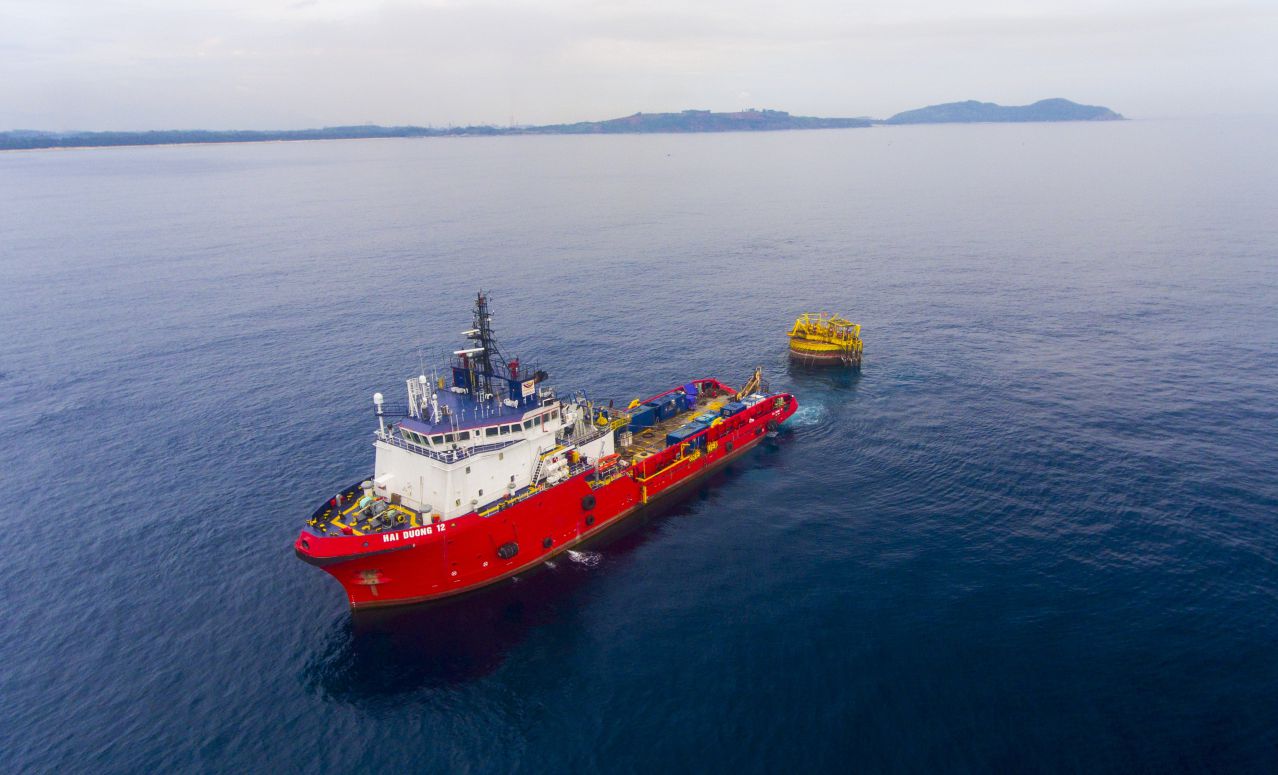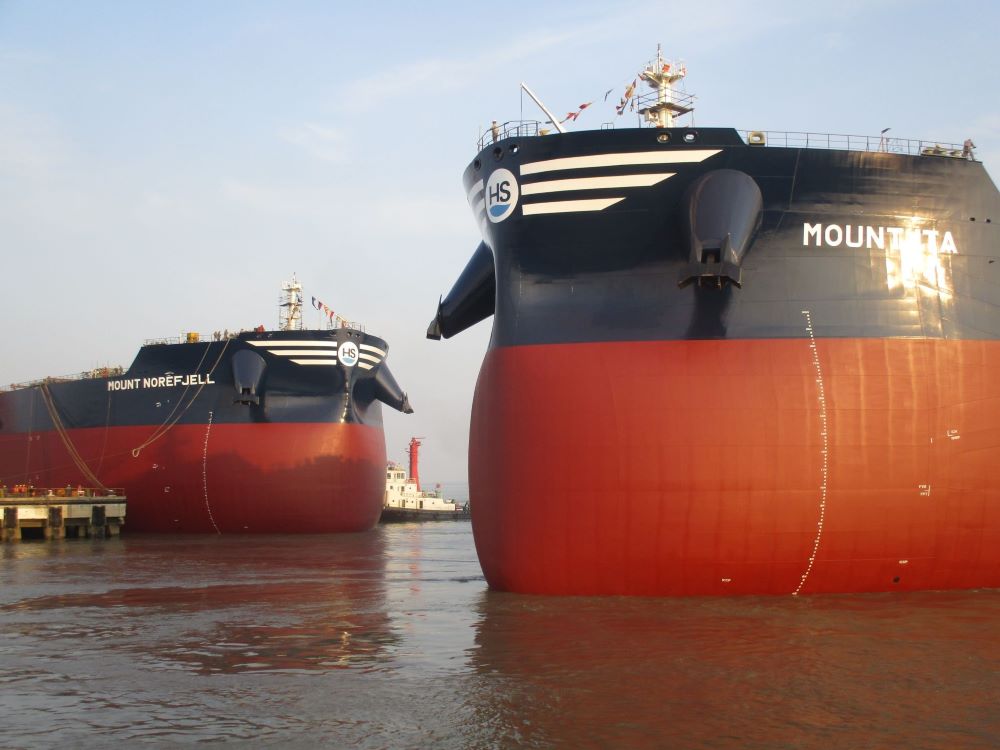2020煤炭运输的碳排放量保持强劲
作者: 发布时间:2021年06月03日 浏览量:625 字体大小: A+ A-

图片来自网络,版权属于原作者
来源:Hellenic Shipping News 2021-06-03
翻译:国际海事信息网 赵扬捷 黄子倩 张运鸿
周三的一项研究显示,虽然新冠疫情对消费有影响,但去年海运煤炭出口产生的碳排放量却保持稳定,即使该行业面临越来越多的环境审查。
煤炭是干散货运输业运输的最大的大宗商品之一,欧洲国家已经缩减了其使用量,因为他们寻求更环保的替代品。
独立气候问题智库Ember(independent climate think tank Ember)周三发布的报告指出,预估海运煤炭出口在2020年产生约为31亿吨碳排放量,相当于去年与能源相关的碳排放总量的10%左右。
据Ember分析指出,相比之下,2019年船舶出口煤炭产生了34亿吨碳排放量。
2020年,全球煤炭运输量估计为12.5亿吨,主要生产国是印度尼西亚和澳大利亚,占全球煤炭海运出口的59%。2019年,全球煤炭运输量估计为13.8亿吨。
据Ember估计,2021年前五个月,海运煤炭产生的碳排放量达到12.8亿吨,而去年同期为13.0亿吨。
由美国、英国、加拿大、法国、德国、意大利和日本组成的七国集团(The Group of Seven, G7),以及欧盟上个月已经同意在今年年底前停止对排放碳的煤炭项目的国际融资,并逐步停止对所有化石燃料的这种支持,以实现全球的气候变化目标。
Ember的分析师尼古拉斯·富尔格姆(Nicolas Fulghum)说,G7的声明可能会给煤炭出口商带来巨大压力。
富尔格姆(Fulghum)告诉路透社:“出口商已经在寻找亚洲市场以此来弥补欧洲煤炭需求的下降。在日益增长的亚洲市场上新建燃煤电厂缺乏资金,这将减缓近年来煤炭需求的增长。”
停止对化石燃料的资助被视为世界可以采取的一个重要措施,以此将全球气温的上升幅度控制在比前工业化时代高出1.5摄氏度以内,科学家认为这将避免因气候变化而带来的最具破坏性影响。
(本文版权归国际海事信息网,转载请注明出处。)
CO2 emissions from coal shipping stay strong in 2020 as green pressures grow
Carbon emissions produced from seaborne coal exports stayed steady last year despite the impact of the coronavirus on consumption, a study showed on Wednesday, although the sector faces growing environmental scrutiny.
Coal is among the biggest commodities transported by the dry bulk shipping sector and European countries have already scaled back usage as they look for greener alternatives.
Research published on Wednesday by independent climate think tank Ember showed seaborne coal exports were estimated to account for 3.1 billion tonnes of CO2 produced in 2020, or some 10% of total energy-related CO2 emissions last year.
That compared with 3.4 billion tonnes of CO2 produced from coal exported by ships in 2019, Ember analysis showed.
In 2020, global coal shipments amounted to an estimated 1.25 billion tonnes, with major producers Indonesia and Australia accounting for 59% of these seaborne exports. Global coal shipments were estimated at 1.38 billion tonnes in 2019.
Ember estimated that CO2 emissions from seaborne coal shipments reached 1.28 billion tonnes in the first five months of 2021, compared with 1.30 billion tonnes in the same period last year.
The Group of Seven – comprising the United States, Britain, Canada, France, Germany, Italy and Japan – plus the European Union agreed last month to stop international financing of coal projects that emit carbon by the end of this year, and phase out support for all fossil fuels, to meet globally agreed climate change targets.
Ember analyst Nicolas Fulghum said the G7 announcement was likely to put significant pressure on coal exporters.
“Exporters were already looking to Asia to compensate for declining coal demand from Europe. Lack of funding for new coal-fired power plants in growing Asian markets will slow down the growth in coal demand seen in recent years,” Fulghum told Reuters.
Stopping fossil fuel funding is seen as a major step the world can make to limit the rise in global temperatures to 1.5 degress Celsius above pre-industrial times, which scientists say would avoid the most devastating impacts of climate change.
来源:simic
今日要闻
图片新闻
海外传真
热点报道






